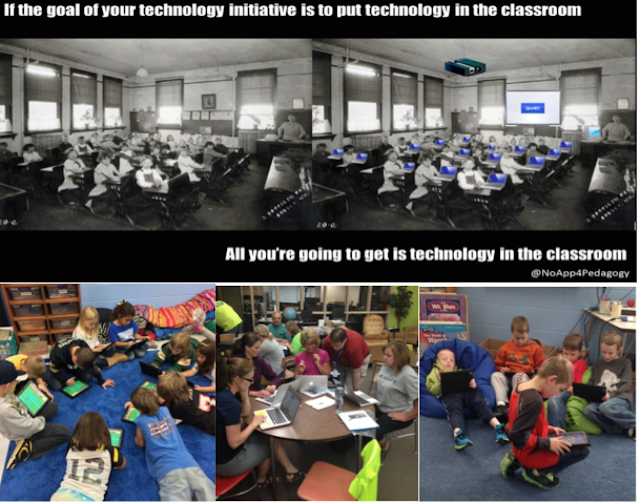Growth Rings: Humans Beings: Handle with Care
There is no doubt that we are living in a time of deep systemic change. Technology is accelerating change exponentially at a rate that current system thinking, and institutions, are struggling to keep up with.
Growth Rings: The Industrial Age and The Consumer Society
Since the 1920s, the United States has been psychologically conditioned to consume, to buy on credit and not to save. To keep manufacturing plants running and people employed, the strategy of planned obsolescence, advertising to manipulate consumer spending and making purchases on credit also accelerated. Mass media was leveraged by mass production to increase sales which in turn, create mass debt. The internet, Social Media and technology is being powerfully used today to keep this never-ending cycle running.
Hooked on Technology
“We are in the game. The object is for us to play and give our attention to the game. Once we give our attention to the game, the game makers will try to sell us something or influence us.”
Joshua Abramson, Owner, Cypress Technology
Because of consumerism and marketing, we have become addicted to technology. This is becoming especially true for our children. Video games are designed to be very appealing, visually stimulating, engaging and draw the user in. So too is Virtual Reality. If not used correctly, participants get hooked, lose track of time, and are consumed by the experience.
Because of applications for your cell phone and computer, like Waze and Mapquest nobody uses a map anymore. Cell Phones have become powerful minicomputers allowing the user, if they can catch a signal and connect to the internet, to stay in constant contact and have access to the world.
Artificial Intelligence devices connected to the internet, like Apple’s Siri and Amazon’s Alexa, have the capacity to link and control all electronic devices in your home or car. Everyday technology is seamlessly being meshed into our lives. We are moving from relying on technology to do something with us to trusting technology to decide something for us. This is a slippery slope.
Screen time for our children.
Emerging research is suggesting that students’ computer use is impacting reading scores. It appears that heavy screen time is contributing to lower reading scores in 4th and 8th grade. The journal, JAMA Pediatrics recently reported that: “Excessive screen time can impinge on children’s ability to develop optimally; it is recommended that pediatricians and health care practitioners guide parents on appropriate amounts of screen exposure and discuss potential consequences of excessive screen use.”
The American Academy of Pediatrics (AAP) has recommended limiting screen time based on a child’s age. AAP believes it is important for healthy child development that parents model healthy tech use and monitor their child’s tech usage.
Growth Ring: Physically and Emotionally Well-being?
Today we fixate on quick solutions with not much thought on the long-term ramifications. It seems things we want; we want right now. This aligns with materialistic beliefs if you can’t pay for it now, buy it on credit. We have sought pharmaceutical answers and solutions to our daily challenges. If something is wrong, from weight loss to tension, to depression, take a pill.
Our physical and mental health has been neglected. Business Insiders reports that “American millennials are seeing their physical and mental health decline at a faster rate than Gen X did as they age, a Blue Cross Blue Shield report found.” Millennials are being labeled the loneliest, most financially broke generation. The stress of change is taking its toll.
The Breakdown of Empathy
Iowa Department of Education consultant Teresa Jurgensen lifts up that Empathy is key in reducing bullying, breaking down diversity, promoting positive behavior, building trust, supporting community and most importantly creating a civilized society. Dr. Michele Borba has outlined that “Empathy is diminishing in our students: a 40 percent drop in the last 30 years." For students as well as adults to be truly “successful,” they also need to be able to put themselves in someone else’s shoes and think “WE” not “ME.” The absence of empathy in today’s society is contributing to negative thinking and behaviors.
Growth Rings
As we move from the Industrial Age, with its consumer and materialistic focus, into the Digital, Information age, new core beliefs and practices are emerging. It is apparent that buying stuff, especially on credit, does not translate into long term happiness. Play now and pay later is not a good equation. The stress of chasing the American Dream is affecting our physical and emotional health and our dependence on technology continues to rapidly grow.
Authors Rick Smyre and Neil Richardson’s suggest in their book, Preparing For a World That Does Not Exist - Yet, that humanity is heading into a new era, a Second Enlightenment.
It is exciting to be alive at this point in history and have an opportunity to shape what the new age will be. As we go forward it is important to remember: Humans Beings: Handle with Care.









